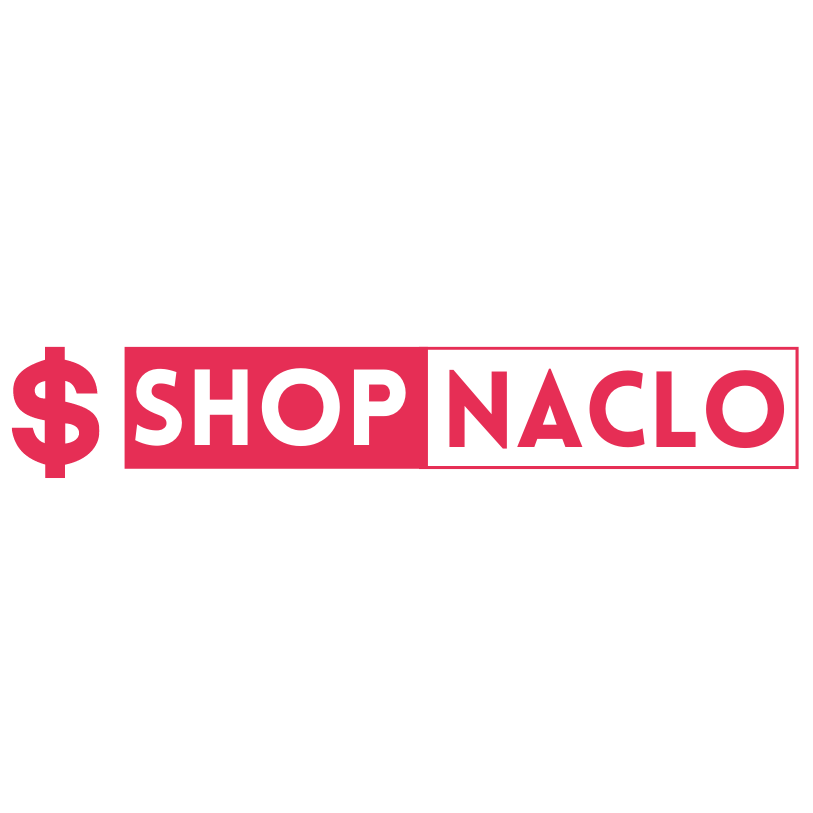Trust has always been the invisible currency of the insurance industry. Policies, premiums, and claims may define the paperwork, but confidence defines the relationship. As more of that relationship shifts online—from quoting to onboarding and servicing—the question for modern insurance agencies becomes clear: how do you make people feel safe in a digital space? That’s where trust, transparency, and technology converge.
The Digital Shift and the Fragility of Trust
Insurance used to be all about handshakes, paper files, and familiar local agents. Now, customers compare policies online, share sensitive data through digital forms, and expect instant responses. That convenience comes with risk—one data breach or a poor communication experience can erode years of credibility.
For small and mid-sized agencies, this digital transformation has been both a gift and a challenge. Technology has expanded reach and efficiency, but it has also raised client expectations. People now judge professionalism by how well an agency’s digital tools protect and communicate their information. A delayed response or confusing process isn’t just inconvenient anymore—it feels untrustworthy.
The Role of Insurance CRMs in Building Confidence
A well-designed insurance CRM isn’t just a database; it’s an experience builder. By centralising client data, automating communication, and ensuring secure access, CRMs give agencies the foundation for transparent interactions. Clients can see consistency—every message, every document, every update feels coherent and well-managed. That consistency signals reliability.
When customers log into a secure portal or receive timely updates about their policy or claim, they sense organisation and care. Those small digital interactions—automated reminders, quick follow-ups, personalised messages—subtly communicate that the agency values accuracy and accountability.
In contrast, disjointed systems or missed touchpoints create friction. A client forced to repeat their details to different agents or who doesn’t receive confirmation after submitting a form begins to question competence. An effective CRM prevents those cracks from appearing.
Transparency as a Competitive Edge
Transparency used to mean a friendly chat at renewal time. Today, it means giving clients visibility into their policies, claims, and communication history whenever they want it. That’s where management systems for insurance agencies come in. By offering digital portals where customers can track updates, review documents, and see status changes, agencies remove the mystery that often frustrates policyholders.
It’s not about overwhelming them with data—it’s about making them feel informed and respected. The moment a client sees that information is accessible, consistent, and clear, trust naturally follows. Transparency doesn’t dilute authority; it amplifies it.
For agencies, this openness also reduces tension. When clients can verify details themselves, fewer misunderstandings occur. Questions shift from “What’s going on?” to “Can you walk me through this part?”—a more constructive, cooperative tone that strengthens long-term relationships.
Turning Data Protection Into Reassurance
Insurance agencies handle some of the most sensitive personal data—financial information, identification documents, and private contact details. That’s why security isn’t just an IT issue; it’s a trust issue. Clients assume their insurer is safeguarding their data until proven otherwise, and that “otherwise” can be reputation-ending.
Modern CRMs play a quiet but crucial role here. Encryption, access controls, and activity tracking all contribute to a system where every piece of information is both traceable and protected. But the real trust-building moment happens when agencies communicate that protection clearly.
Clients rarely understand technical security measures, but they understand confidence. A short note explaining how their data is stored, or a visible login verification process, signals seriousness. It’s not the feature itself—it’s the feeling it creates: “These people take my privacy seriously.”
Human Connection in a Digital Framework
Even with the best software, transparency and trust still hinge on human tone. Clients don’t remember workflows; they remember how they felt when speaking with an agent. CRMs don’t replace those moments—they enhance them. When systems track conversation history, preferences, and life events, agents can show empathy and continuity in every interaction.
For instance, being able to say, “I saw we helped you with your property policy last year—how did that claim turn out?” transforms a routine call into a personal exchange. That’s the difference between a transaction and a relationship. Technology simply makes the latter more achievable at scale.
Measuring Trust Through Consistency
Trust isn’t something you declare; it’s something you prove repeatedly. Every accurate renewal notice, every timely update, every accessible record reinforces reliability. The irony of technology in insurance is that while it often removes human touchpoints, it also provides the tools to make every touchpoint count.

Agencies that use their CRMs thoughtfully—not just to manage sales pipelines, but to manage experience pipelines—stand out. They communicate better, resolve issues faster, and create digital experiences that feel stable and genuine. Over time, clients stop viewing them as a vendor and start seeing them as a dependable partner.
The Takeaway: Technology That Feels Human
Digital trust isn’t about flashy tools or complex integrations. It’s about predictability, transparency, and care—qualities that technology should amplify, not replace. Insurance agencies that treat CRMs as relationship tools rather than record systems are the ones earning loyalty in an age where trust is fragile and easily lost.
When clients feel informed, secure, and heard, technology fades into the background. What remains is confidence—the foundation of every lasting insurance relationship.



